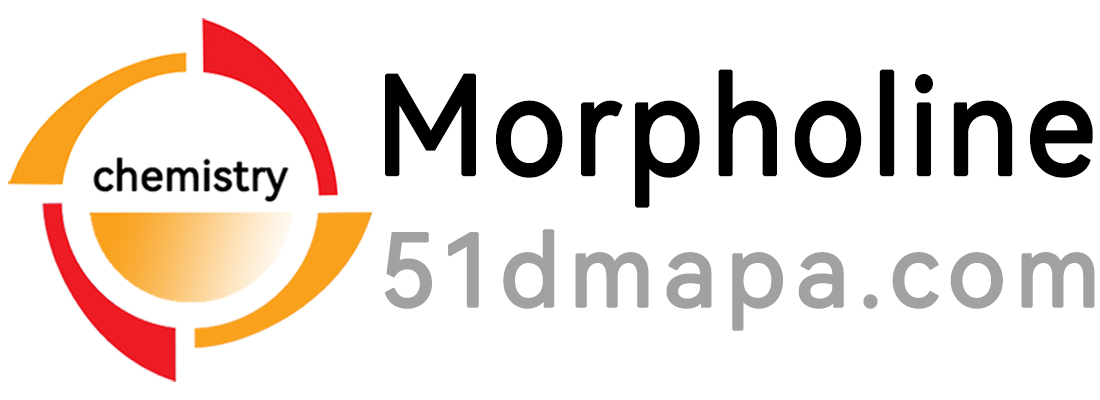
In organic synthesis, the benzoylation reaction of alcohols is an important chemical transformation, used to introduce benzoyl groups as protective groups Or construct specific functional groups. This reaction plays a key role not only in the pharmaceutical industry but also in materials science and the synthesis of fine chemicals. 4-Dimethylaminopyridine (DMAP), as a highly efficient catalyst, has attracted widespread attention due to its excellent performance in improving reaction rate, yield and selectivity. This article will discuss the optimization strategy of alcohol benzoylation reaction assisted by DMAP, including reaction mechanism, catalyst mechanism, reaction condition optimization and green chemistry considerations.
DMAP-assisted alcohol benzoylation reaction mechanism
DMAP serves as a catalyst and participates in the benzoylation reaction of alcohols through the following steps:
- Activate benzoylation reagent: DMAP can form a stable complex with benzoyl chloride or benzoic anhydride through the electron donor effect, reducing the activation energy and making the benzoylation reagent more efficient. Susceptible to nucleophilic attack by alcohol.
- Promote nucleophilic substitution: The presence of DMAP accelerates the nucleophilic attack of alcohol molecules on benzoylation reagents, forming a tetrahedral transition state, thereby promoting the formation of ester bonds.
- Stabilizing intermediates: During the reaction process, DMAP can stabilize reaction intermediates, avoid side reactions, and improve the selectivity of the target product.
Mechanism of action of DMAP
DMAP enhances the efficiency of alcohol benzoylation reactions by:
- Electron effect: The nitrogen atom of DMAP has a lone pair of electrons, which can form hydrogen bonds with the carbonyl group of the benzoylation reagent, thereby enhancing its electrophilicity and making the reaction easier to proceed.
- Steric Effect: The steric hindrance of DMAP helps prevent undesirable side reactions, such as self-condensation of alcohols or other non-specific reactions of alcohols with benzoylation reagents.
Optimization of reaction conditions
In order to maximize the efficiency of the alcohol benzoylation reaction assisted by DMAP, the following reaction conditions need to be carefully optimized:
- Catalyst dosage: Although the amount of DMAP added is usually only 5-20% of the molar percentage of the substrate, the optimal dosage needs to be determined experimentally to balance catalytic efficiency and cost.
- Solvent selection: Appropriate solvents can improve the uniformity of the reaction mixture. Commonly used solvents include dichloromethane, tetrahydrofuran, DMF, etc. When selecting, the impact of the solvent on the reaction rate and selectivity needs to be considered. .
- Temperature control: The reaction temperature needs to be adjusted according to the specific reaction system. High temperatures may accelerate the reaction, but may also increase the risk of side reactions, while low temperatures may slow down the reaction rate.
- Alkaline conditions: Appropriate alkaline conditions (such as using triethylamine, pyridine, etc.) can neutralize the HCl generated during the reaction, maintain the appropriate pH value of the reaction medium, and promote the normal reaction. To proceed.
Green chemistry considerations
While optimizing the alcohol benzoylation reaction, green chemistry principles should also be fully considered:
- Use recyclable catalysts: Develop reusable DMAP-derived catalysts to reduce chemical waste and improve economic and environmental benefits.
- Choose environmentally friendly solvents: Prioritize the use of green solvents, such as water or supercritical carbon dioxide, to reduce the use of toxic solvents.
- Reduce energy consumption: Use microwave heating or photochemical methods to try to catalyze reactions at lower temperatures to reduce energy consumption.
Conclusion
The optimization of alcohol benzoylation reaction assisted by DMAP is a process involving many considerations, including an in-depth understanding of the reaction mechanism and the amount of catalyst Precise control of reaction conditions, careful optimization of reaction conditions, and compliance with green chemistry principles. By comprehensively applying these strategies, efficient, economical, and environmentally friendly alcohol benzoylation reactions can be achieved, bringing new progress to the field of organic synthesis. Future research will continue to explore more efficient and sustainable catalysts and reaction conditions, and promote the development of organic synthesis in a greener and smarter direction.
Extended reading:
T120 1185-81-5 di(dodecylthio) dibutyltin – Amine Catalysts (newtopchem.com)
DABCO 1027/foaming retarder – Amine Catalysts (newtopchem.com)
DBU – Amine Catalysts (newtopchem.com)
bismuth neodecanoate – morpholine
amine catalyst Dabco 8154 – BDMAEE
2-ethylhexanoic-acid-potassium-CAS-3164-85-0-Dabco-K-15.pdf (bdmaee.net)



